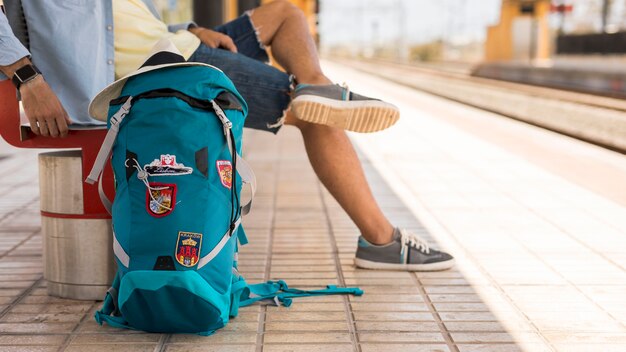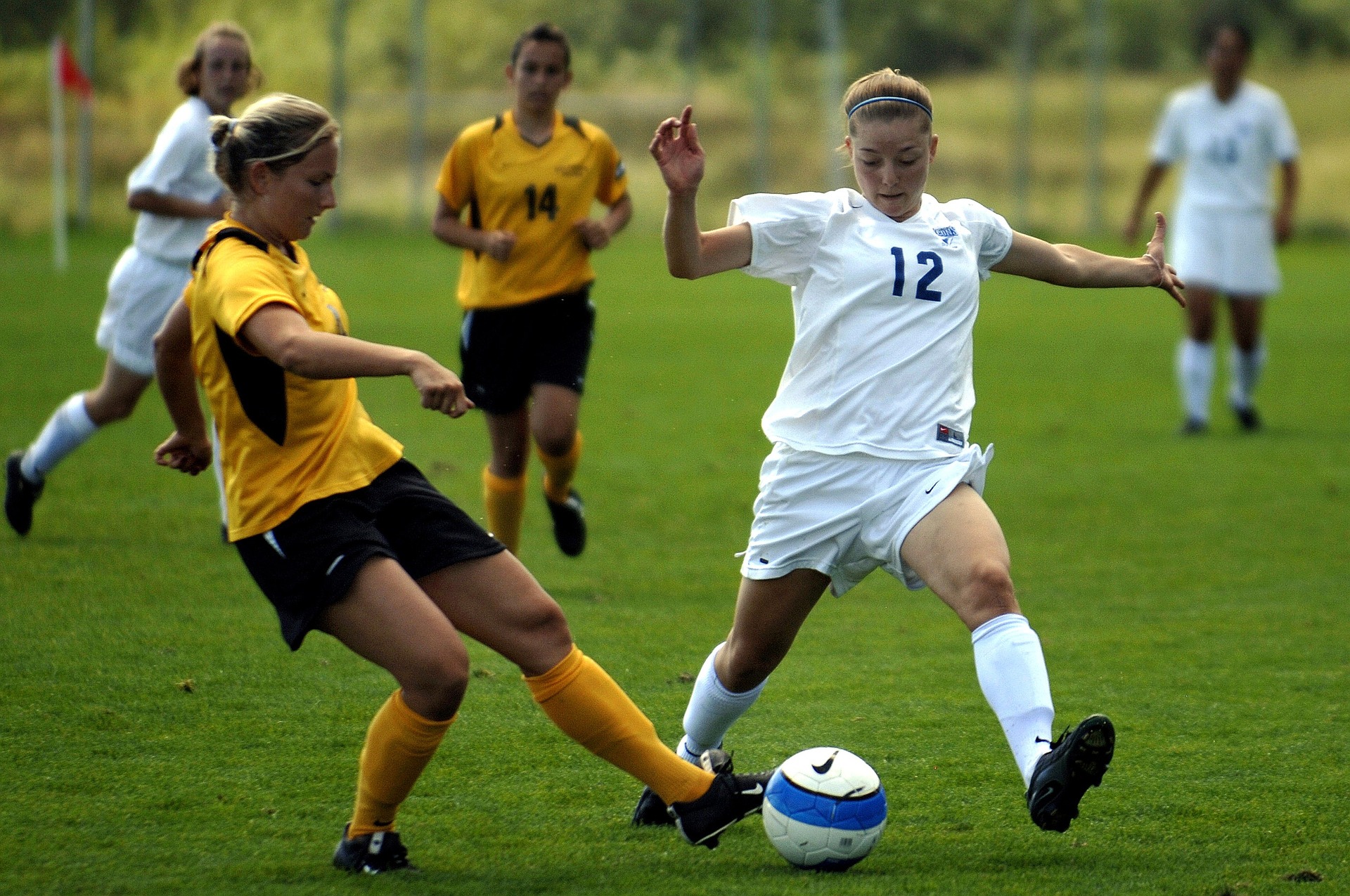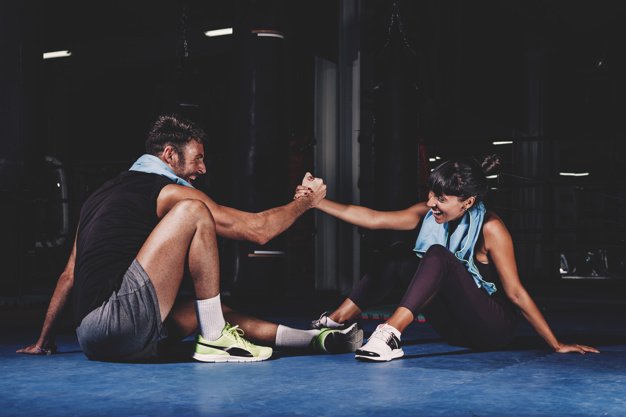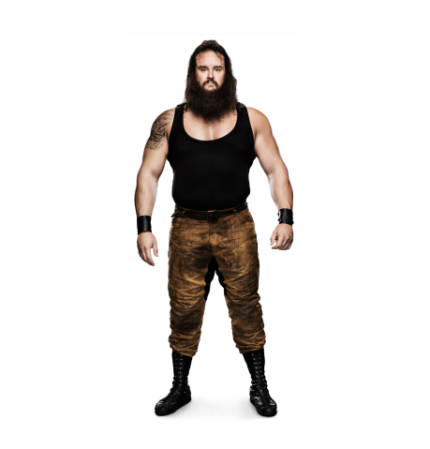Picking the right field hockey bag is important for players, teachers, and fans because it affects how easy it is to carry, organize, and protect gear. It’s a reliable way to store sticks, gear, and other exercise essentials.
Think about style, comfort, longevity, size, and number of compartments. Make sure it has a roomy interior, separate wet and dry compartments, tough materials, easy-to-carry choices, and your desired style. Knowing the difference between backpacks, duffels, and wheeled bags can help you make the best choice for your needs on and off the field.
Types of Field Hockey Bags
Duffle Bags
Duffle bags are common among field hockey players because they have a lot of space for sticks, protective gear, and personal things. They have a big compartment in the middle and extra pockets of different sizes to meet different storage needs.
Backpacks
Backpacks are comfortable and spread the weight properly across the shoulders and back, making them perfect for players carrying their gear over longer distances. They have many compartments that make ordering sticks, clothes, and other gear easy.
Stick Bags
Because they are made just for field hockey sticks, these bags put safety and organization first. They come in different sizes and often have extra pockets for small items. This makes them appealing to players who want to travel lighter or need a special stick carrier.
Goalie Bags
These bigger bags are made for goalkeepers and have extra room for big protection gear like pads and helmets. They have special sections for storing goalie gear to keep it organized and easy to get to.
Purpose of Each Type
Storage Capacity
The amount of space in field hockey bags varies. Duffle bags and goalie bags can hold many different pieces of gear, but stick bags are only made to carry sticks without taking up any extra space. Backpacks meet the needs of a wide range of players by being both large and easy to carry.
Organizational Features
Each type of bag has its arrangement features. Duffle bags have many pockets and sections that make them easier to organize. Backpacks have separate sections for different items and spaces just for hockey gear. Stick bags are designed to keep sticks organized and usually have holes or straps to keep sticks in place.
Durability and Material
Because bags are so important for field hockey, they must be made of strong, long-lasting materials. Especially goalie bags need to be extra strong to hold big gear. Backpacks and travel bags often use materials that don’t get wet to keep your stuff safe from the weather.
Key Considerations When Choosing a Field Hockey Bag
A field hockey bag is very important for keeping equipment safe and making it easy for players to move it around. When choosing the right bag, there are a few important things that you need to think about. Understanding these factors helps individuals make a choice that fits their wants and preferences.
Considering Equipment and Personal Items
It is important to check the amount and type of gear, like sticks, safety gear, and personal things. An appropriate bag should have enough room to hold all necessary items without being too big or too small.
Specific Needs Based on Position (Player vs. Goalie)
Different gear is needed for players and goalkeepers. For example, players may need more than one stick and safety gear, while goalies need space for bigger, more specialized gear like extra-large pads. It is important to choose a bag that fits the needs of the job.
Importance of High-Quality Material
Choosing a bag made of strong, long-lasting materials will ensure it lasts and can handle the rough conditions of the sport. The bag can last long because it is made of reinforced materials or heavy-duty fabrics.
Weather-Resistance and Longevity
It is very important to consider weather-resistant qualities, especially for outside bags. Water-resistant materials in bags keep your gear dry and safe from rain and other wetness, which makes them last longer.
Compartments and Pockets
A well-organized bag with many compartments and pockets makes keeping your stuff in order easy. Keeping things like sticks, clothes, and smaller trinkets separate makes them easier to find and reduces the amount of clutter.
Ventilation and Breathability
Enough airflow is necessary to keep wetness and bad smells from building up. Bags made of breathable materials or with sections that let air flow help keep the gear fresh.
Padded Straps and Handles
Comfort features, like cushion straps and handles, make moving the bag easier. When carrying heavy things, well-padded arm straps and handles are very helpful.
Wheels or No Wheels: Pros and Cons
Wheeled bags are easy to move around, but they might be bigger. Bags without wheels are usually smaller, but you have to move them. Whether you choose wheels or no wheels depends on your taste and how easy it is to use.
Reputation and Reliability of Brands
Well-known names are often a sign of quality and dependability. Researching and thinking about trusted brands will help you get a better product with features you can trust.
Balancing Quality with Budget
It is important to find a mix between quality and cost. Better bags may cost more, but comparing features to a budget can help you make a choice that fits both quality and price.
Factors Influencing Field Hockey Bag Selection
The tastes and playing styles of field hockey players greatly affect the gear they choose, including the bags they use. Knowing these things will help you pick a bag that fits your needs and improves playing overall.
Style and Aesthetics
Personal style and taste affect the bags people choose. Some players like simple designs, and others like bright colors or patterns that show who they are. Choosing a bag that fits your style makes you feel better about your gear and gives you more confidence.
Additional Features (e.g., customization options)
Others want extra benefits, like the ability to make changes. People can make their bags unique by adding name tags, team logos, or adjustable sections. These bags help people feel like they own them and are part of a group.
Players vs. Goalies: Unique Needs
Players and goalkeepers need different gear, affecting which bags they choose. For example, players need room for several sticks, protective gear, and personal items. Conversely, goalies need bags with bigger sections for bulkier gear, like helmets and pads that are too big for them.
Carrying Additional Gear and Protection
Some places on the field may need extra gear or special protection. Midfielders might need extra room for sticks or water bottles, while defenders might want extra padding or shin guard storage. Learning about these physical needs can help you choose a bag that meets all of them, making play more comfortable.
Key Steps in Choosing a Field Hockey Bag
It’s important to study, think about your needs, and compare your options before choosing a field hockey bag. Size, material, organization features, comfort, and the brand’s name should all be considered, along with the budget. Trying on bags or asking for suggestions can help people find the best bag for their needs and tastes.
Read Also:





















